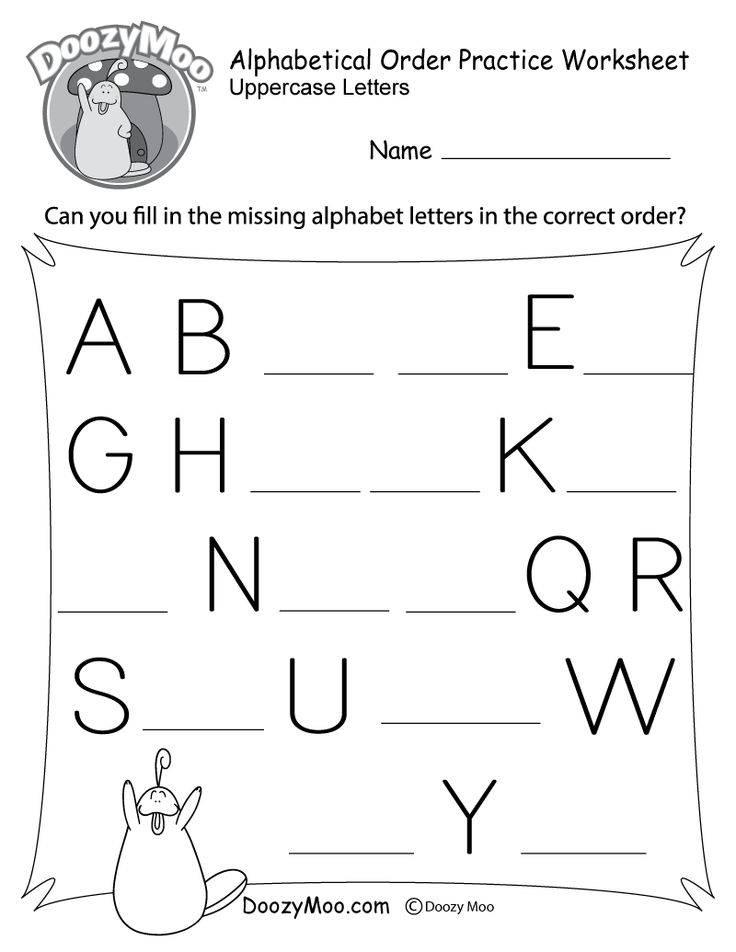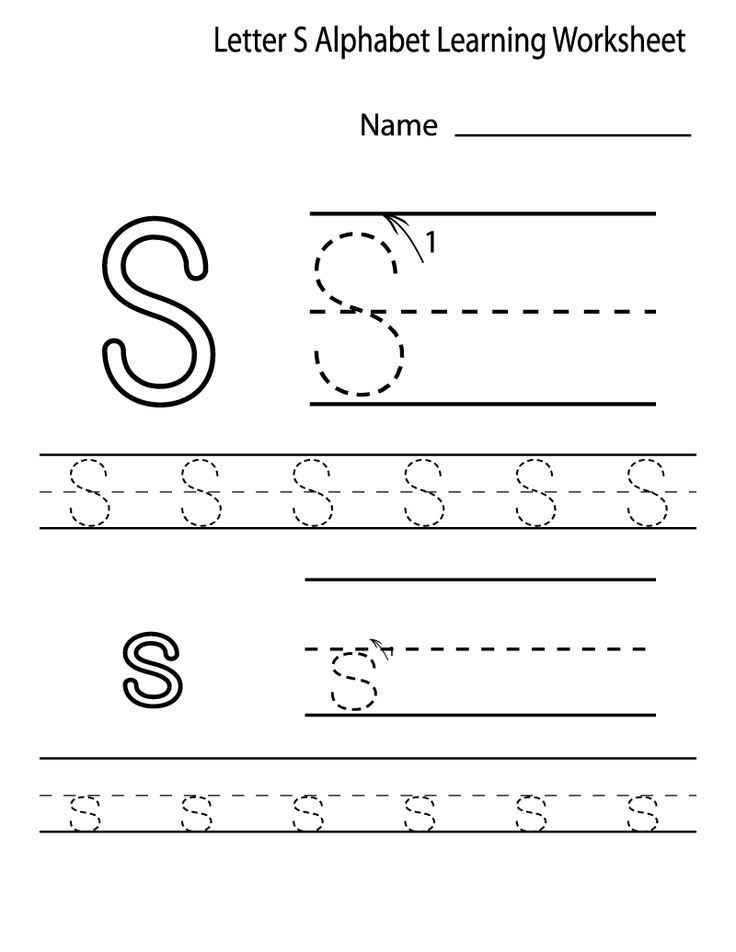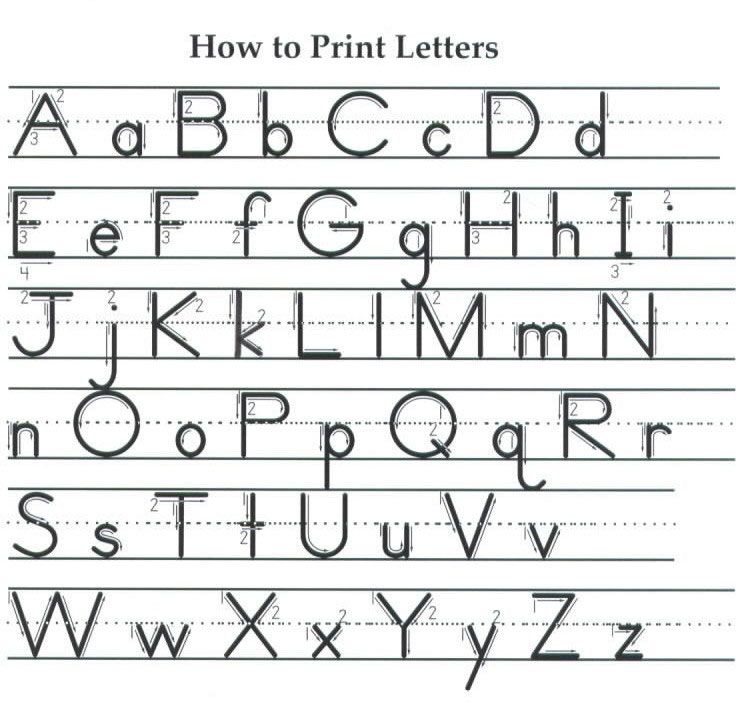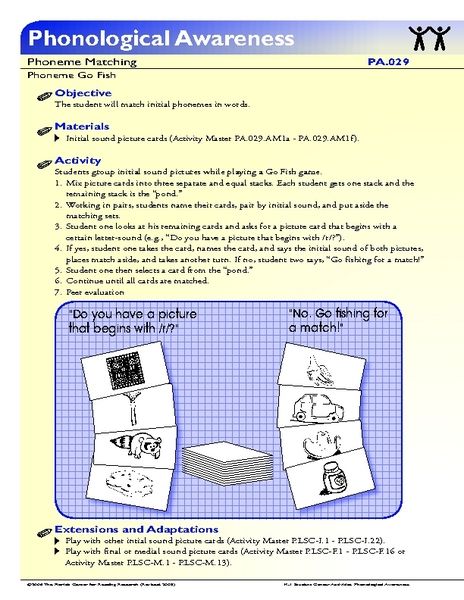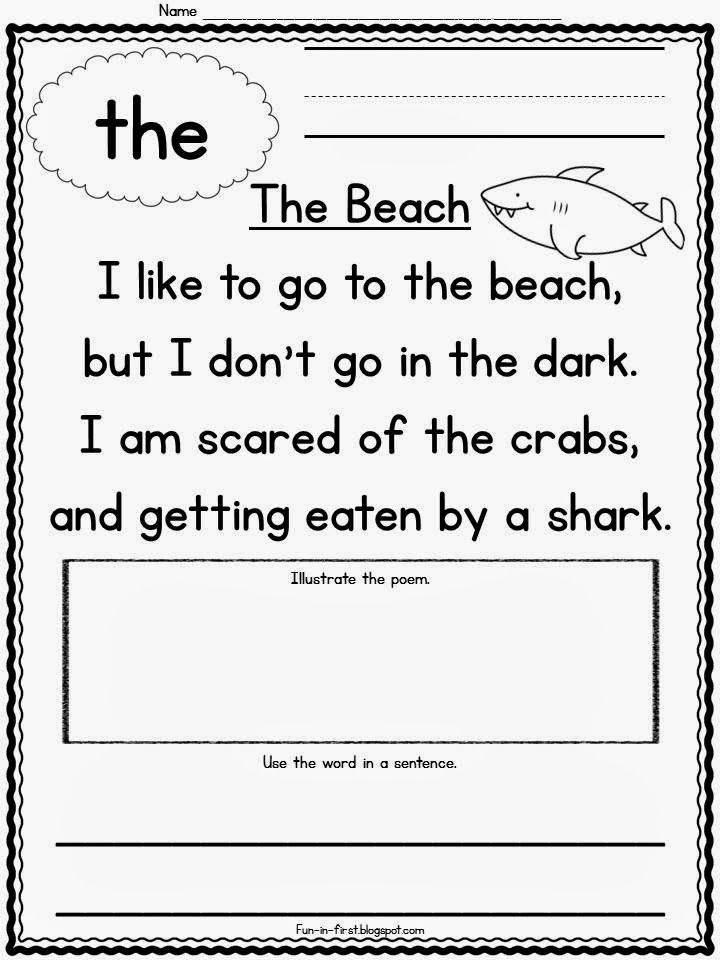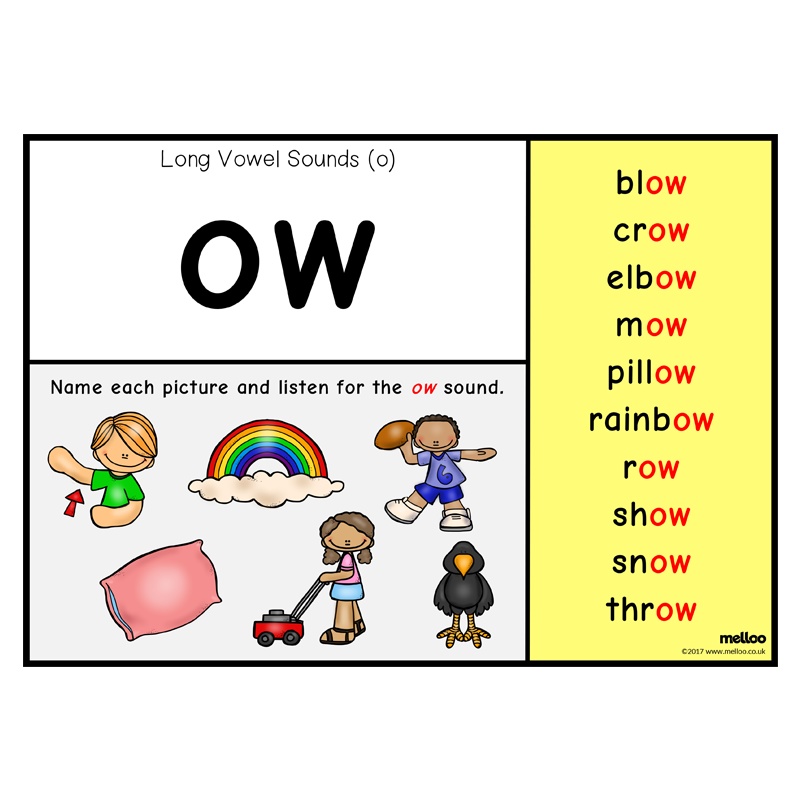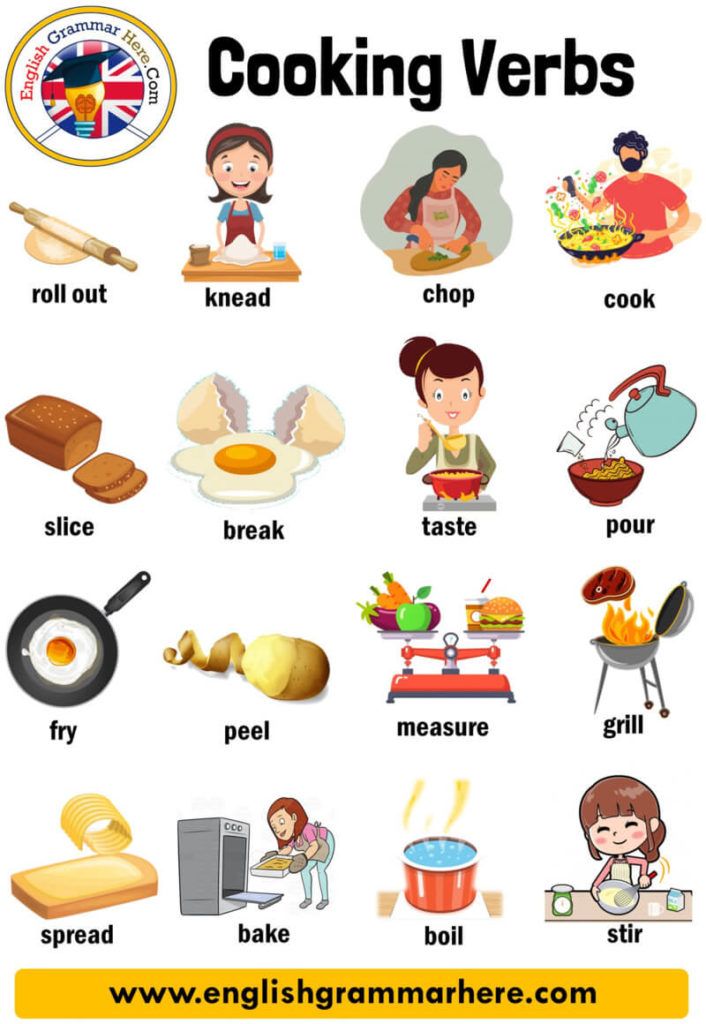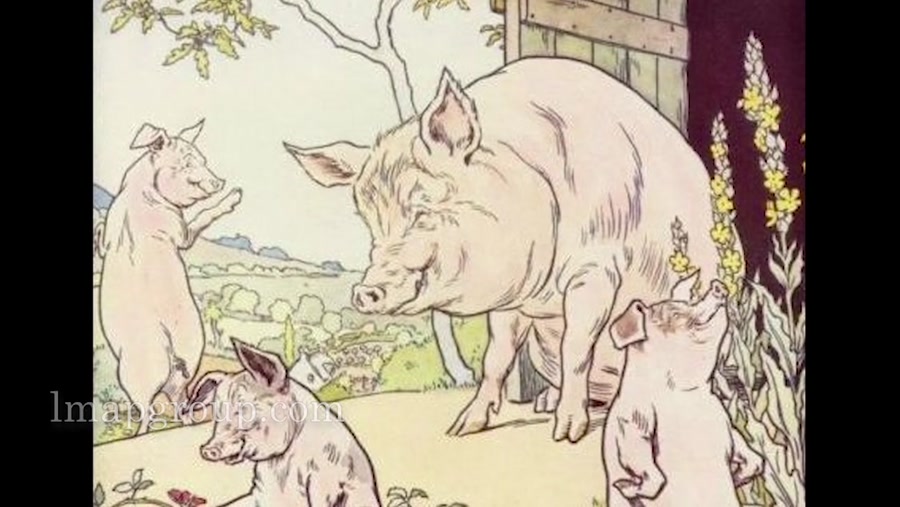Learning to print letters
Top Ten Things You Should Know About Learning to Print
Taunia Clouthier BSc, MSc (OT), OT Reg. (ON)
~ 5 minute read
1. Pre-printing strokes l − ○ + / □ \ × Δ
Prior to printing letters, children should know how to draw these shapes. Typically, around two years of age, children will develop the vertical line. By six years of age, most children are able to draw all of the shapes. Usually, it is not until a child can consistently copy a triangle that they will have success with learning to print all of their letters. Practice these strokes with your child to develop a stronger foundation for letter formations!
2. Trunk strength and shoulder stability
In order to develop the finer movements our hands require for grasping and manipulating a pencil, a child must have the upper body strength and stability to facilitate such fine movements. This can develop naturally through play. Playgrounds are a great way to build strength! Climbing up slides and swinging across monkey bars are fun ways for growth! In addition, any pushing or pulling activities such as wagons or sleds, as well as any weight bearing activity such as animal walks (i.e. bear walk, crab walk) are effective ways to build strength and stability.
3. Fine motor skills
The thumb, index finger and middle finger are our ‘skilled fingers’. We want them to be as efficient and strong as possible to help achieve an efficient grasp and control our pencils on paper. Provide daily opportunities for fine motor and hand strengthening activities. Using household items such as clothespins and spray bottles can help develop strength in the fingers. Picking small items up and placing, them into containers (i.e. coins into a piggy bank; cheerios into a bowl) can help with fine motor development. Do a quick internet search for “Fine Motor Activities for Children” to learn more fun ways to develop this skill.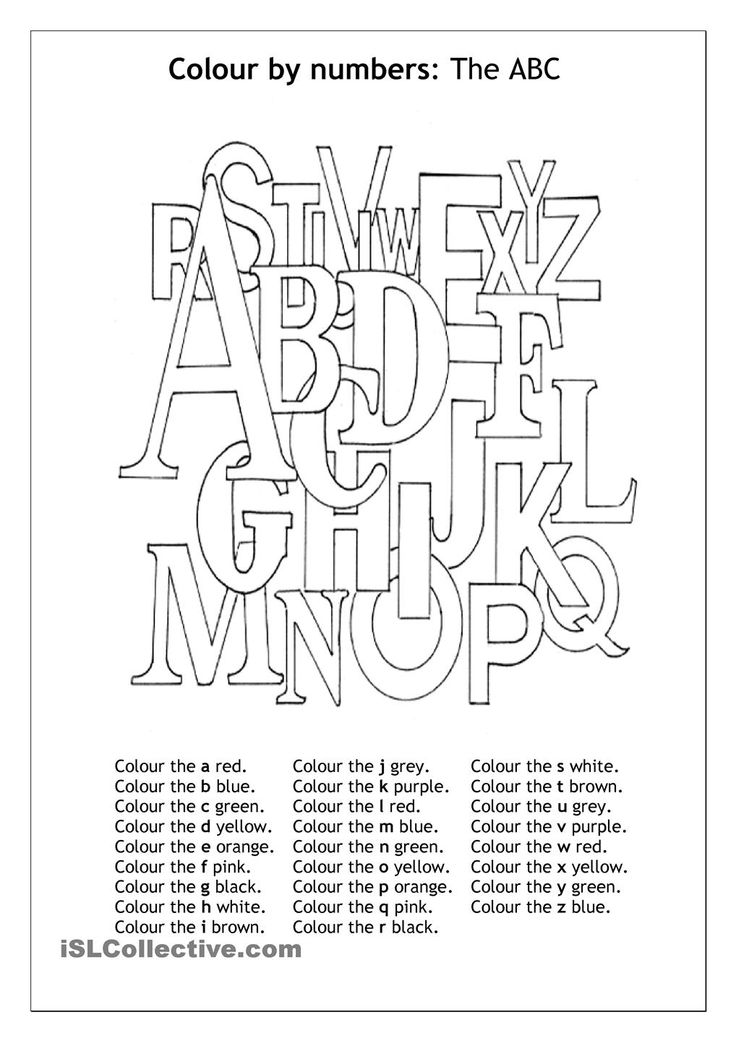
4. Capital letters
Capital letters are easier for kids to print! They all start at the top, they are all the same height and they all occupy the same vertical space. Capital letters all look different and are easier to identify. Several lower case letters look the same and it is a matter of where the ‘stick’ goes that defines the letter. i.e. “ a, b, d, g, q” are all circles with sticks! It is easy to place the stick on the wrong side or in the wrong place. “A B D G P Q” are all formed differently and have a very distinct look.
Introducing capitals first can build a strong foundation leading to more success with lower case printing. Lower case letters are then easier to learn because c o s v w x y z are the same as their capitals AND j k t p and u are similar to their capitals. After learning capital letters, children will be skilled with all capitals and nearly half of the lower case alphabet!
5.
 Letter play
Letter playYou do not have to use a pencil to learn letters! In fact, letter play is a great way for a variety of ages and skill levels to learn the correct formations through fun and motivating multi-sensory activities. Once a child is ready to manipulate a pencil, they will already be familiar with how to form the letters correctly.
Letter play examples:
- Finger tracing over tactile letters (i.e. sand paper letters)
- Build letters on mats with playdough
- Draw letters in the air
- Draw letters in sensory bins
- Wet bins: pudding, whip cream, yogurt
- Dry bins: salt, beans, pasta
6. Pencil grasp
A great strategy to help develop efficient grasps is to use short 1-2 inch writing tools. Break your crayons and cut (or sharpen down) your pencils and pencil crayons! If a child does not have the option to hold the writing tool with the whole hand, it will force them to use their fingers and help facilitate development of an efficient grasp.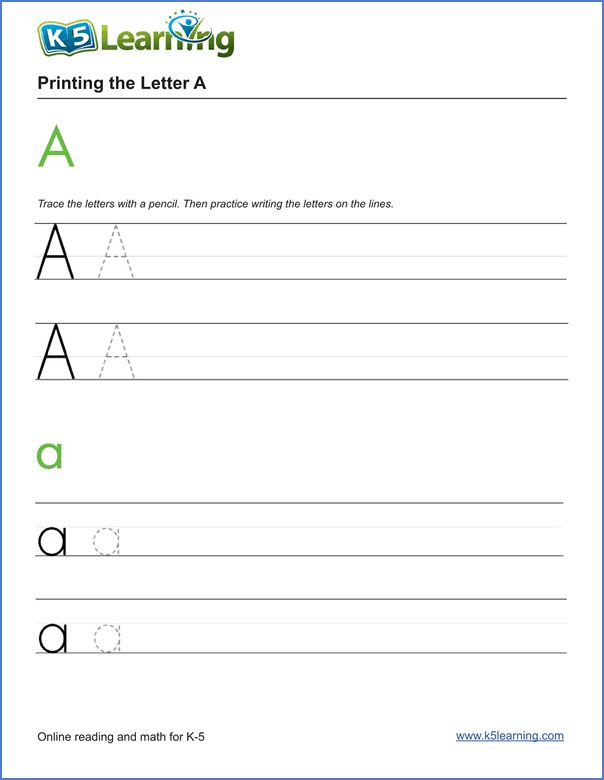
7. Printing on lines
There are many types of lined paper available for printing. Some can be too complex and/or visually confusing to children. Starting with a double line can build a good foundation to transition successfully to a variety of styles. For more details on the double line please check out this link from Learning without Tears https://www.lwtears.com/programs/double-lines
8. Spacing
Children have to learn proper spacing between letters and between words. Spaghetti and meatballs is a fun way to teach this concept. Spaghetti spaces between letters and meatball spaces between words. Using props adds some multisensory learning to this concept and makes it more fun! For the noodles, you can use dry or cooked noodles or Wikki Stix. For the meatballs, you can scrunch up a small piece of paper, Wikki Stix or a pipe cleaner into a small ball.
If a child continues to have difficulty with spacing concepts, try using boxes to print in.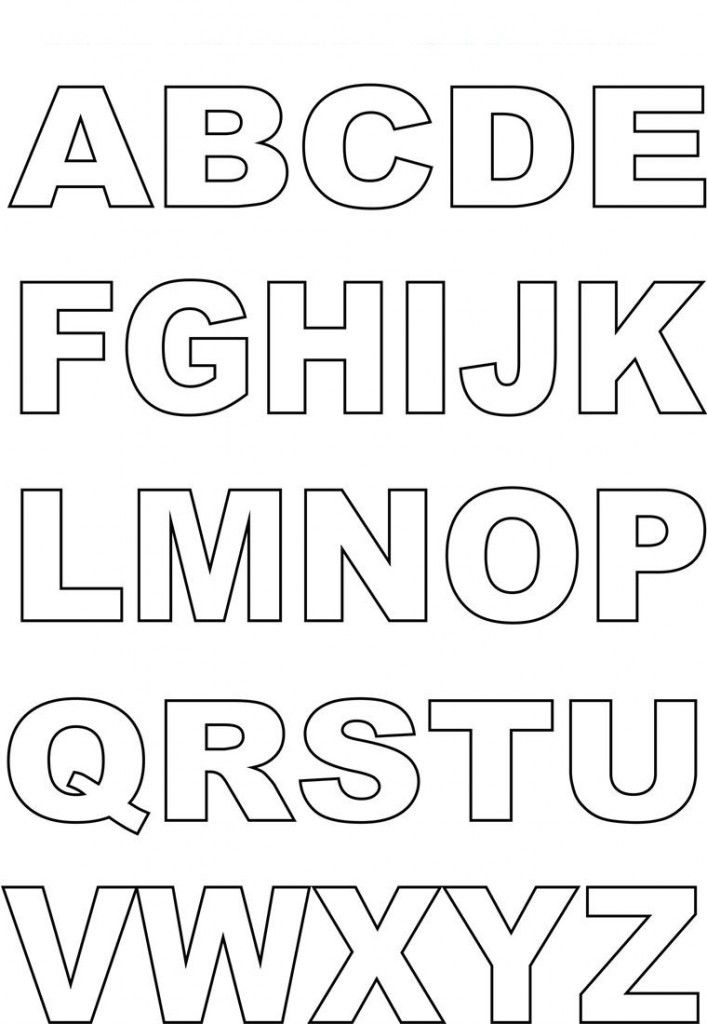 One letter per box and one empty box between words.
One letter per box and one empty box between words.
| T | h | e |
| c | a | t |
|
|
|
9. Consistency and practice
Learning or re-learning to print takes time and practice. Try to be consistent with how you teach your child. For example, using the same language and drawing the letter the same way each time you teach it. Become familiar with proper stroke sequences and model the letter to your child. Your child can imitate you and draw their own letter onto their paper.
Should you wish to complete printing practice with your child, investing in a printing program may be beneficial to you. Most programs have everything readily available and guides to help you teach. For example, the Handwriting without Tears printing books from Learning without Tears.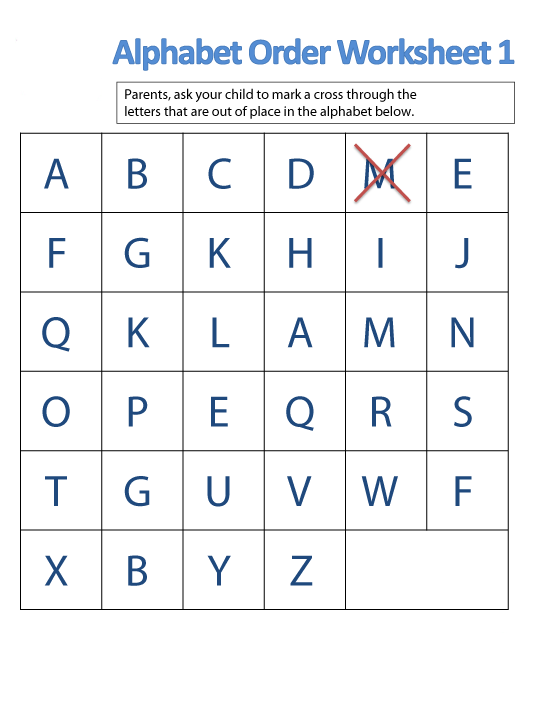
10. See an Occupational Therapist (OT)
OTs are skilled healthcare professionals that can assess your child’s printing abilities. If you feel your child may have challenges in this area and are unsure what to do, contact an OT. They can help determine your child’s strengths and weaknesses and provide recommendations to help develop the skills required to become successful with written communication.
About Taunia Clouthier
Taunia Clouthier is an Occupational Therapist who brings 10 years of experience working within the School Health Support OT Services, where she assumes a consultative role in supporting children, parents and staff within the school environment. The skills and knowledge that she has gained over the years has inspired her to create FUNctional Therapy in 2018, a company in which she can further share her knowledge and passions through direct services and workshops. She is very passionate about providing education and believes it is one of the keys to successful growth and development in children.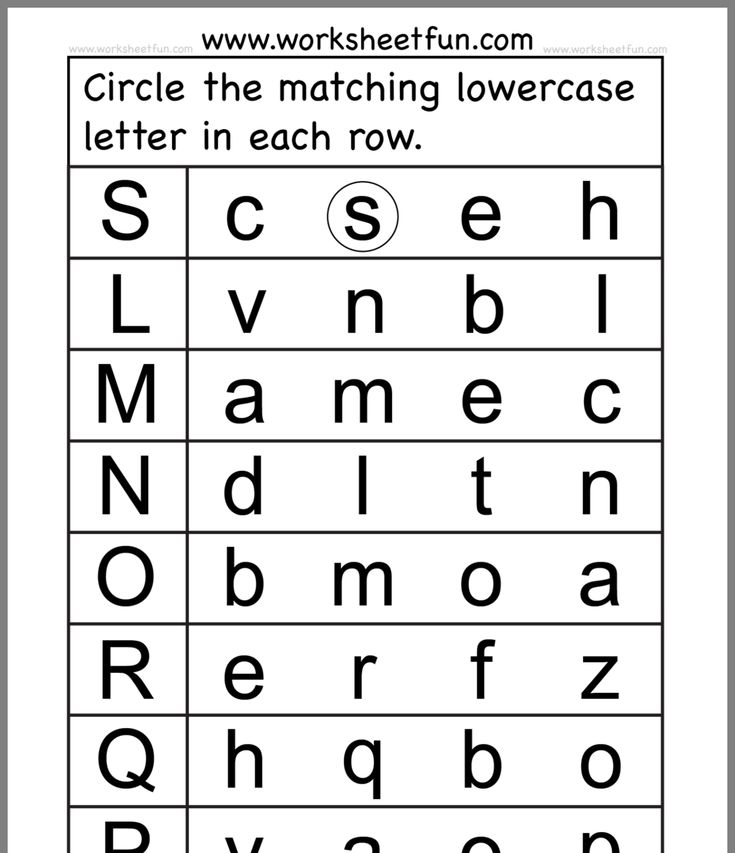
References
Beery K.E. & Beery N.A. (2010). The Beery-Buktenica Developmental Test of Visual-Motor Integration Sixth Edition Administration, Scoring and Teaching Manual. 30-47
Handwriting Without Tears. (2018). Get Set For School. Readiness & Writing Pre-K Teacher’s Guide
DISCLAIMER: This document reflects the views of the author. It is Autism Ontario’s intent to inform and educate. Every situation is unique and while we hope this information is useful, it should be used in the context of broader considerations for each person. Please contact Autism Ontario at [email protected] or 416-246-9592 for permission to reproduce this material for any purpose other than personal use. © 2021 Autism Ontario 416-246-9592 www.autismontario.com
Alphabet & Letter Worksheets
Full Alphabet
(Printables With All Letters)
Alphabet Printables (Full Alphabet)
This page has alphabet handwriting practice worksheets, classroom letter charts, ABC books, alphabet fluency games, flash cards, missing letter activities, and ABC card games. Each of these printables cover the whole alphabet.
Each of these printables cover the whole alphabet.
Letter A
Letter A: Letter Recognition, Trace, & Print
This page has Letter A letter recognition activities, trace-and-write worksheets, a crown, and coloring pages.
Phonemic Awareness & Phonics:
Short A
On this page, you can download activities, worksheets, and learning centers for teaching the short-a vowel sound. There are mini-books, phonics poems, matching card games, word sorts, build-a-word learning centers, word wheels, and horizontal word hunts.
Letter B
Letter B: Letter Recognition, Trace, & Print
This section has a variety of letter recognition worksheets, tracing activities, and printing/handwriting pages for the Letter B.
Phonemic Awareness & Phonics:
Letter B (/b/ Sound)
Use these worksheets when you're teaching kids to recognize the /b/ sound, and read simple words with /b/.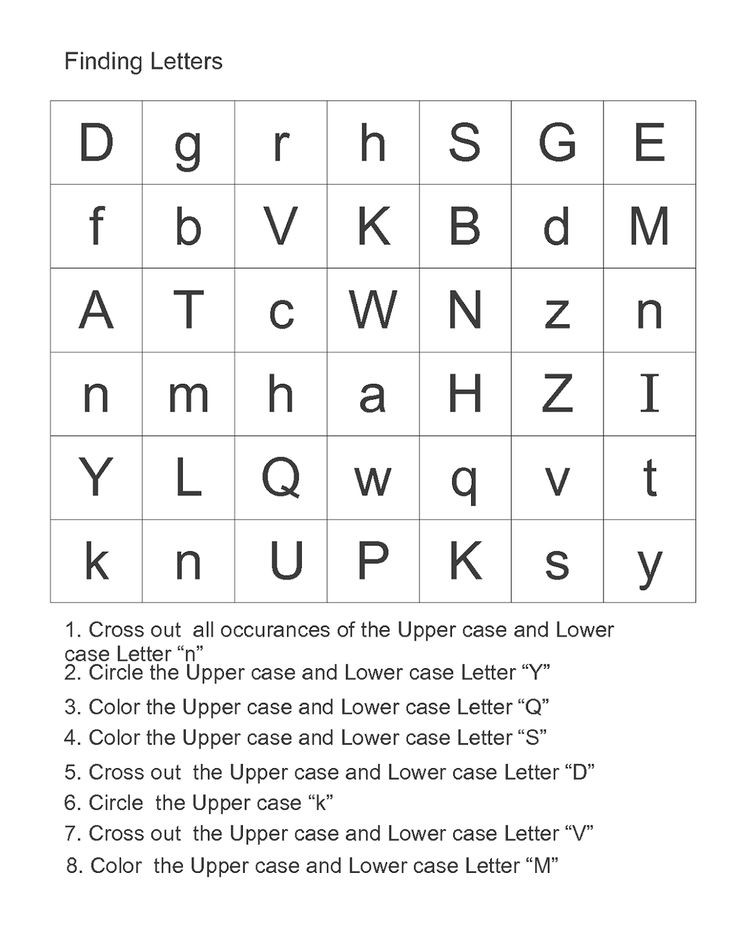 This page includes a large selection of word matching games, phonics worksheets, word sorts, and word wheels.
This page includes a large selection of word matching games, phonics worksheets, word sorts, and word wheels.
Letter C
Letter C: Letter Recognition, Trace, & Print
Build handwriting and letter recognition skills with these Letter C worksheets. This page has a huge collection of trace-and-print worksheets, a headband craft, and letter recognition projects.
Phonemic Awareness & Phonics:
Letter C (Hard C, Soft C)
These worksheets can be used to teach students about the sounds made by the Letter C. There's a word sort you can use in your learning center, a word wheel for reading practice, two word wheels, several letter-sound recognition worksheets.
Letter D
Letter D: Letter Recognition, Trace, & Print
Printable handouts with letter tracing on them. All files focus specifically on uppercase and lowercase printed Letter D.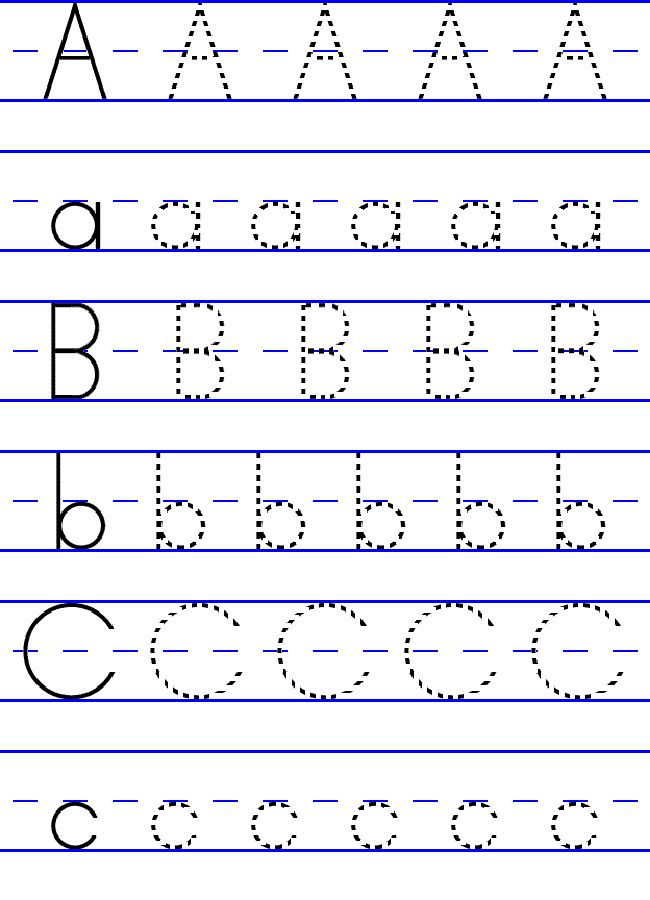
Phonemic Awareness & Phonics:
Letter D (/d/ Sound)
The learning centers, worksheets, and lessons featured on these pages reinforce learning of the /d/ sound. Find words that begin with /d/, words with /d/ in them, and words that ends with /d/.
Letter E
Letter E: Letter Recognition, Trace, & Print
These worksheets focus on making the lowercase and capital Letter E. Each one includes primary ruled lines, upon which students can print letters.
Phonemic Awareness & Phonics: Long E, Short E
Print word wheels, sorting games, matching games, thinking puzzles, flashcards, and worksheets for teaching students about the long-e and short-e vowel sounds.
Letter F
Letter F: Letter Recognition, Trace, & Print
Make an F crown that students can wear, print the big and little Letter F, and practice letter recognition skills.
Phonemic Awareness & Phonics:
Letter F (/f/ Sound)
Read words that begin with or contain the /f/ sound. In here you'll find word sorts, phonics learning centers, spin-and-read, and build-a-word activities.
Letter G
Letter G: Letter Recognition, Trace, & Print
Review recognizing, tracing and writing the letter G.
Phonemic Awareness & Phonics: Letter G (Hard G, Soft G)
This page has build-a-word activities, as well as worksheets where you color the words that begin with the letter g. There is also a hard-g and soft-g word sort.
Letter H
Letter H: Letter Recognition, Trace, & Print
Practice tracing and printing the letter H h on primary-ruled paper. Also includes letter sorts and letter recognition worksheets.
Phonemic Awareness & Phonics: Letter H (/h/ Sound)
Find words that begin with the /h/ sound.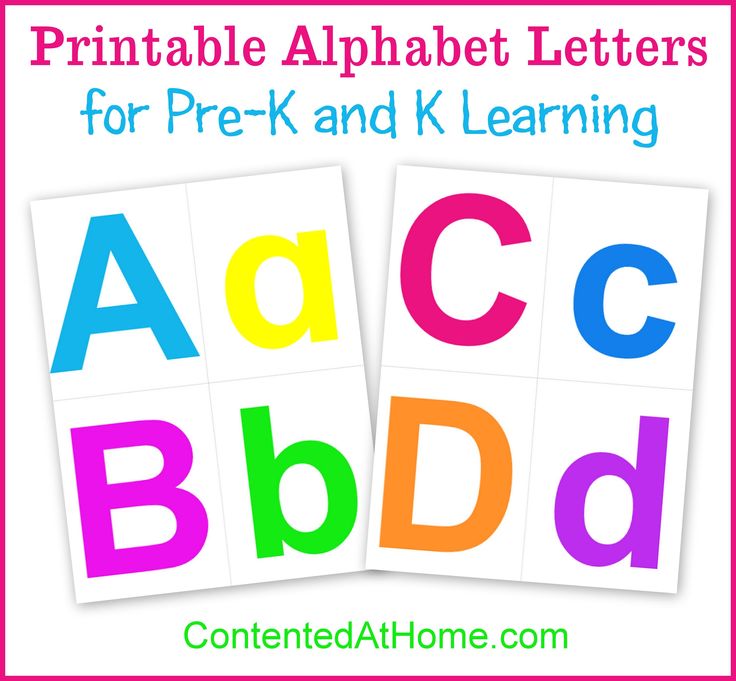 Build, sort, and read words with /h/.
Build, sort, and read words with /h/.
Letter I
Letter I: Letter Recognition, Trace, & Print
Handwriting practice for uppercase and lowercase letter I. There's also a cute crown craft and letter sorts.
Phonemic Awareness & Phonics: Long I, Short I
This section contains long-i and short-i word sorts, phonics coloring pages, word spinners, and phonemic awareness activities.
Letter J
Letter J: Letter Recognition, Trace, & Print
Trace small and capital Js. Print words that start with J. Choose the letter J from the letter banks.
Phonemic Awareness & Phonics: Letter J (/j/ Sound)
Identify words that have the /j/ at the beginning, middle, or end. Color the items that begin with J. Rearrange letters to build j words.
Letter K
Letter K: Letter Recognition, Trace, & Print
Practice tracing, writing the letter K k. Includes printing practice, as well as practice finding the letter k among other letters.
Includes printing practice, as well as practice finding the letter k among other letters.
Phonemic Awareness & Phonics: Letter K (/k/ Sound)
This page has a variety of learning centers, crafts, printable worksheets, and card games for learning about the letter k and the /k/ sound.
Letter L
Letter L: Letter Recognition, Trace, & Print
Use straight lines to make the letters L and l on these handwriting practice pages. Includes letter sorts, trace-and-print activities, and simple crafts.
Phonemic Awareness & Phonics:
Letter L (/l/ Sound)
With these printable learning centers, cut-and-glue activities, and sorts, kids will practice recognizing and reading the /l/ sound in words.
Letter M
Letter M: Letter Recognition, Trace, & Print
Master the art of writing the letter M m with these printable activities.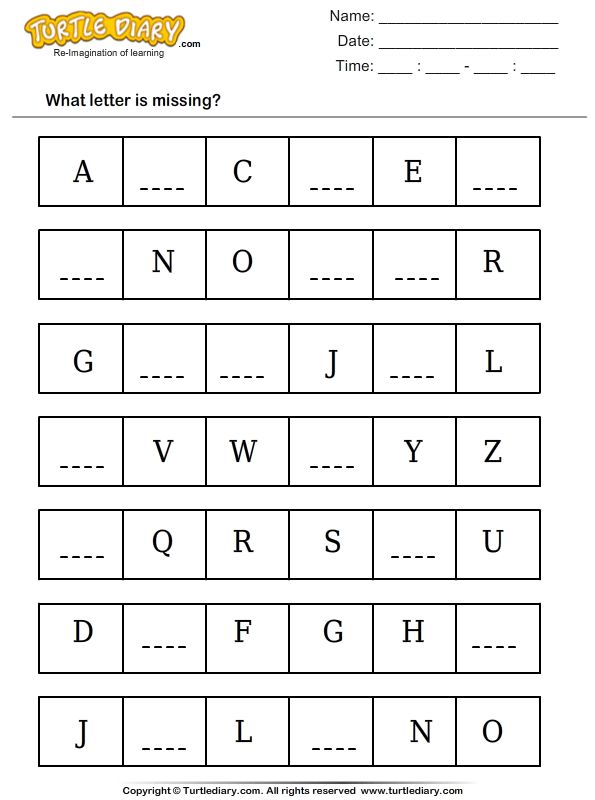 There are also several letter recognition lessons for the letter M.
There are also several letter recognition lessons for the letter M.
Phonemic Awareness & Phonics:
Letter M (/m/ Sound)
Practice reading and building words with the /m/ sound. This page has word sorts, word spinners, worksheets, and more.
Letter N
Letter N: Letter Recognition, Trace, & Print
With the printable handwriting pages, students can learn to neatly print the letter N n. There are also sheets for building and recognizing the letter N n.
Phonemic Awareness & Phonics:
Letter N (/n/ Sound)
This page has a series of activities for teaching your class about the consonant sound /n/.
Letter O
Letter O: Letter Recognition, Trace, & Print
Draw circles to make the letter O o on the primary ruled paper. There are also letter recognition pages as well.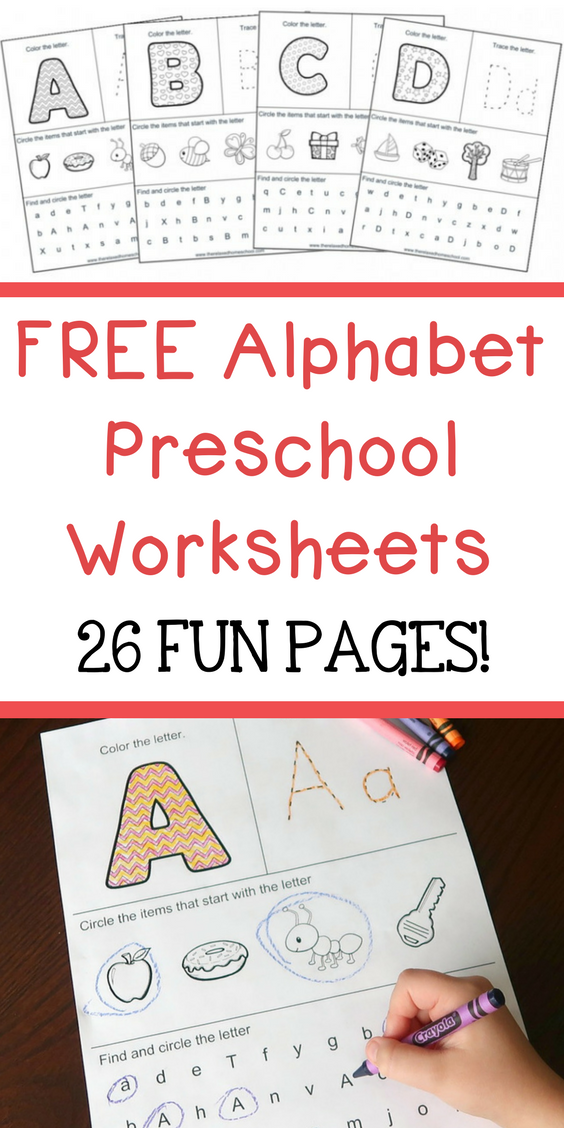
Phonemic Awareness & Phonics: Long O, Short O
On this page, you'll find a set of worksheets and games for teaching students about the long-o and short-o vowel sounds.
Letter P
Letter P: Letter Recognition, Trace, & Print
In this section of the site, you'll find several printable sheets on recognizing the letters P and p. You'll also be able to download a variety of P p handwriting pages.
Phonemic Awareness & Phonics:
Letter P (/p/ Sound)
With these printable learning centers, games, and classwork pages, you can teach your class to read and write simple words with the /p/ sound.
Letter Q
Letter Q: Letter Recognition, Trace, & Print
These printing/handwriting pages cover all three types of lowercase Qs, including the "curly q," the "pointed q," and the "straight q.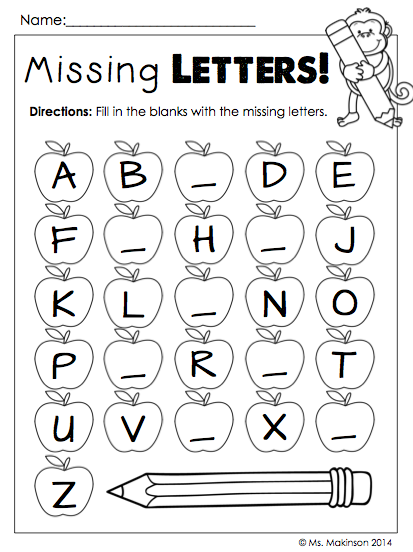 "
"
Phonemic Awareness & Phonics:
Letter Q (/kw/ Sound)
These phonics worksheets will help you teach your class about the letter q and the /kw/ sound.
Letter R
Letter R: Letter Recognition, Trace, & Print
Printing practice for the uppercase and lowercase letter R. Also includes letter dauber activities and a find-the-letter game.
Phonemic Awareness & Phonics:
Letter R (/r/ Sound)
Robot, rain, rake, and rooster all start with R. Use these printable phonics resources to help you teach students about the /r/ sound.
Letter S
Letter S: Letter Recognition, Trace, & Print
Trace capital and small S on the dotted lines. Use a bingo dabber to dab the letter S. Make an S crown that students can wear on their heads.
Phonemic Awareness & Phonics:
Letter S (/s/ Sound)
When you're teaching your class about the letter S and the /s/ sound, try these printable games, learning centers, and activities.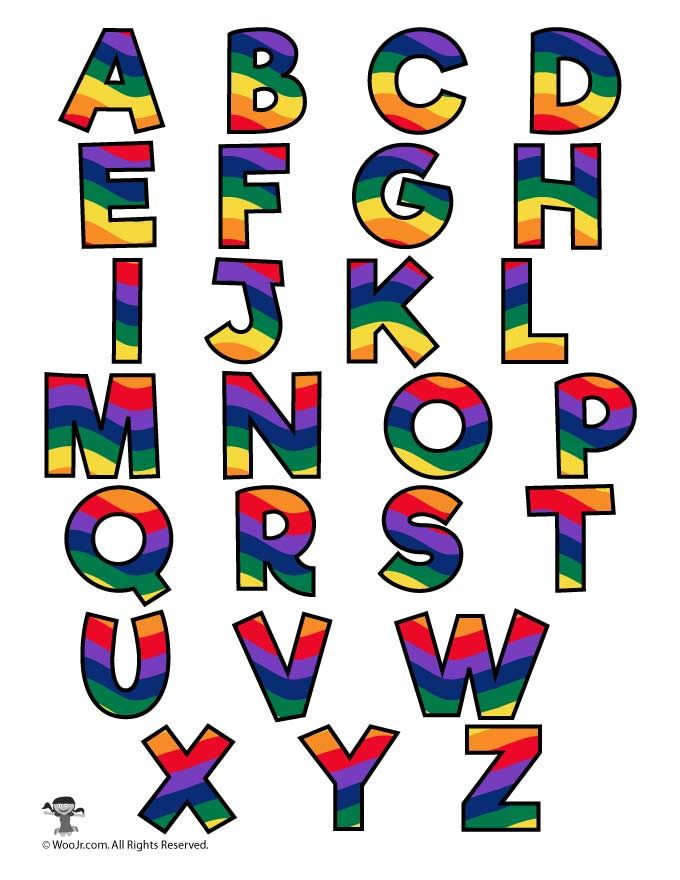
Letter T
Letter T: Letter Recognition, Trace, & Print
Practice tracing and printing large letter T and small letter t. On this page, we also have letter recognition worksheets.
Phonemic Awareness & Phonics:
Letter T (/t/ Sound)
With these phonics resources, students will learn to say, spell, and recognize the /t/ sound at the beginning, middle, and end of words.
Letter U
Letter U: Letter Recognition, Trace & Print
Use these resources to help students learn to recognize and make the letter U.
Phonemic Awareness & Phonics:
Long U, Short U
Here you'll find a large variety for long-u and short-u games and lessons.
Letter V
Letter V: Letter Recognition, Trace, & Print
Draw the letters V and v on these printing practice worksheets.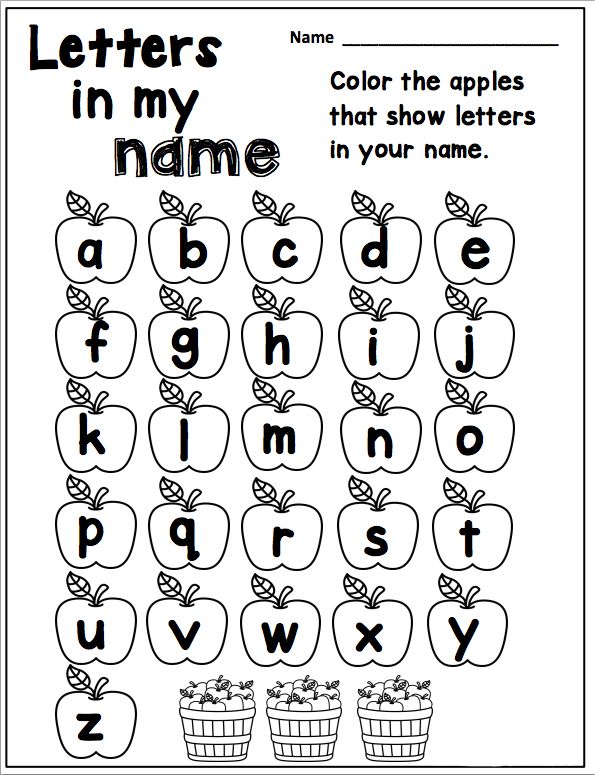
Phonemic Awareness & Phonics:
Letter V (/v/ Sound)
Violin, van, and vase all start with the /v/ sound. Use these phonemic awareness sheets to teach your students about the letter V.
Letter W
Letter W: Letter Recognition, Trace, & Print
Use three straight lines to print capital and lowercase w. These printing practice pages will help your kids learn to write the letter w.
Phonemic Awareness & Phonics:
Letter W (/w/ Sound)
Water, witch, and wagon all start with the letter W. This page has phonics activities, such as word card sorts, cut-and-paste worksheets, and word wheels.
Letter X
Letter X: Letter Recognition, Trace, & Print
Print the letter X using two diagonal lines. These letter x printing practice sheets will have your students making beautiful Xs in no time.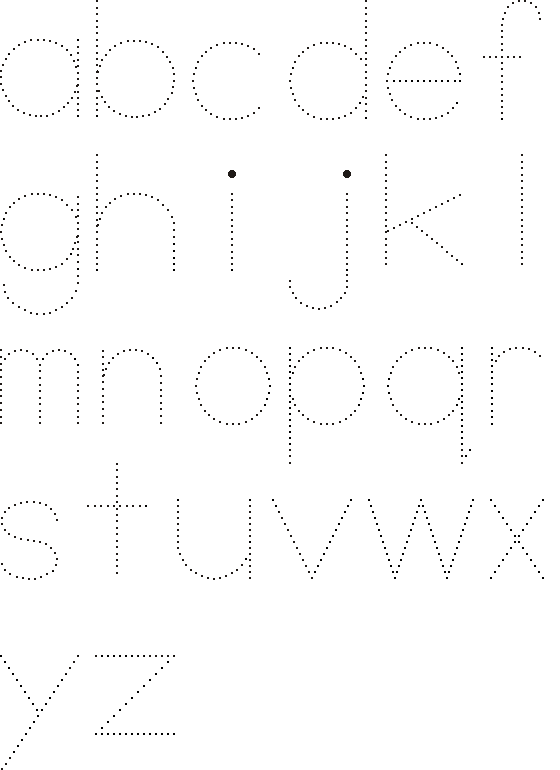
Phonemic Awareness & Phonics:
Letter X (/ks/ Sound)
These phonics worksheets include words that have the /ks/ sound, spelled with an x.
Letter Y
Letter Y: Letter Recognition, Trace, & Print
Copy and trace the letter Y on these worksheets. We also have letter recognition puzzles for the letter Y.
Phonemic Awareness & Phonics:
Letter Y (/y/ Sound)
Download and print mini-books, cut-and-glue learning centers, and card sorts for the letter Y.
Letter Z
Letter Z: Letter Recognition, Trace, & Print
Trace, copy, and print capital and lowercase letter Z on these printable pages.
Phonemic Awareness & Phonics:
Letter Z (/z/ Sound)
Here you'll find word sorts, word wheels, mini-books, and other lessons for teaching students about the letter Z and the /z/ sound.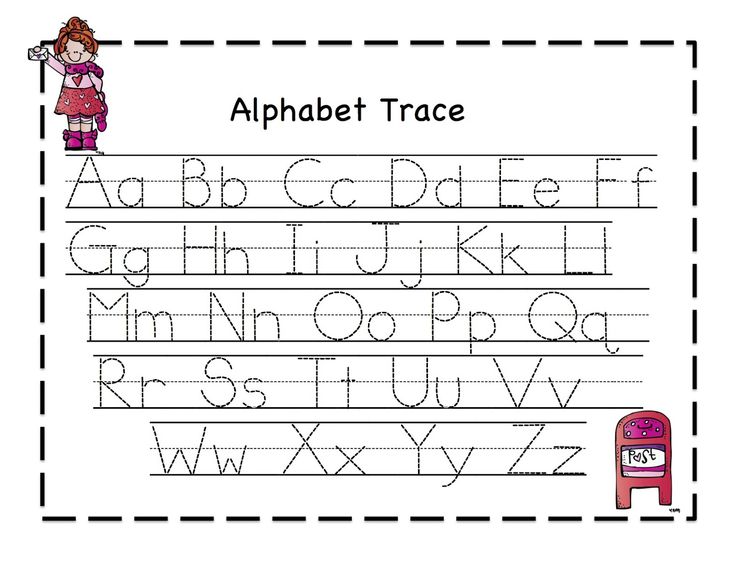
Learning to write block letters of the Russian alphabet. Trainer
Electronic library
Raising children, today's parents educate the future history of our country, and hence the history of the world.
- A.S. Makarenko
Learning to write block letters of the Russian alphabet. Trainer
- A
- B
- B
- G
- D
- E
- Yo
- F
- W
- and
- Y
- K
- L
- M
- H
- O
- P
- R
- C
- T
- W
- F
- X
- C
- H
- W
- W
- b
- S
- b
- E
- Yu
- I
- Tasks
This section contains a simulator that teaches preschoolers 5-6 years old how to write the correct block letters of the Russian alphabet.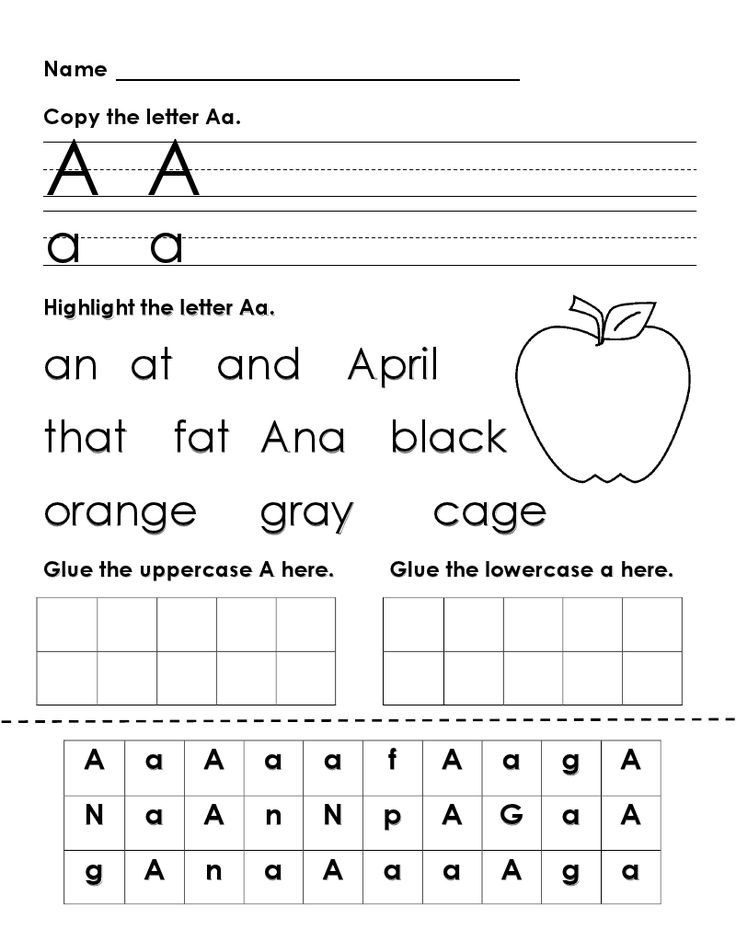 The simulator consists of a collection of developing children's recipes, arranged in alphabetical order on colored tabs.
The simulator consists of a collection of developing children's recipes, arranged in alphabetical order on colored tabs.
Red tabs contain copybooks for studying vowels, blue tabs for studying consonants, gray tabs for studying separating marks. The green tab contains developmental tasks and exercises for consolidating and practical application of writing skills in block letters.
Printing is part of learning to read and write early. This lesson develops attention, fine motor skills, graphic skills, promotes better memorization of the alphabet and improves literacy.
By completing developmental tasks and exercises, the child will get acquainted with block letters, learn how to write them, and also learn the Russian alphabet.
You can print as many copybooks as you need to repeatedly practice writing letters, reinforce your skills, and get a successful learning outcome.
Here various methods of teaching writing in block letters are proposed, which allows you to individually select the most suitable option for your child or put into practice all the proposed methods, making the learning process more interesting and varied for a preschooler.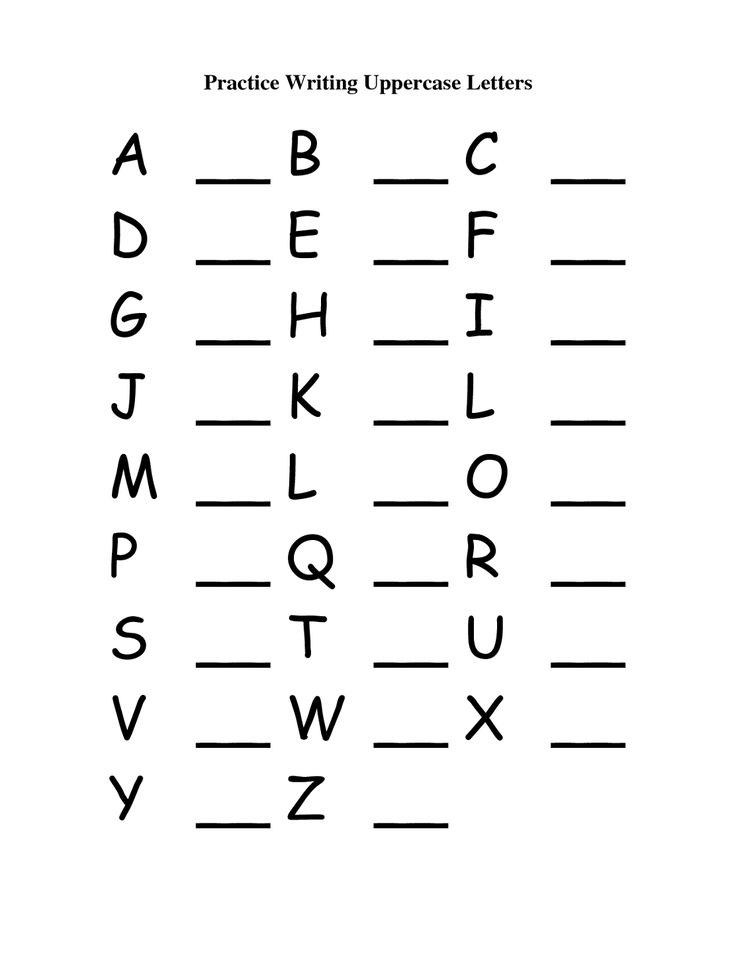
Tips for working with spelling:
- Let's learn the vowels first. They are simpler and easier to pronounce and remember, at this stage of learning there are no problems even for children with speech disorders. Letters denoting the same vowel sound are recommended to be studied in pairs A - I, O - E, U - Yu, E - E, Y - I.
- After vowels, we study consonants. The sequence of study does not matter. As a rule, the letter P and other letters, the pronunciation of which is still difficult for the baby, are studied at the end. It is not recommended to study paired consonants in a row (B - P, G - K, D - T, Z - C, V - F, F - W) - it is difficult for a child at this age not to confuse them by ear.
- There are different approaches to the order of learning the letters, so you can use another, in your opinion, the most acceptable variant of the sequence of letters.
- Practice with your child for no more than 15 to 20 minutes.
- When completing tasks, the preschooler should hold the pen or pencil correctly, without straining the fingers too much.
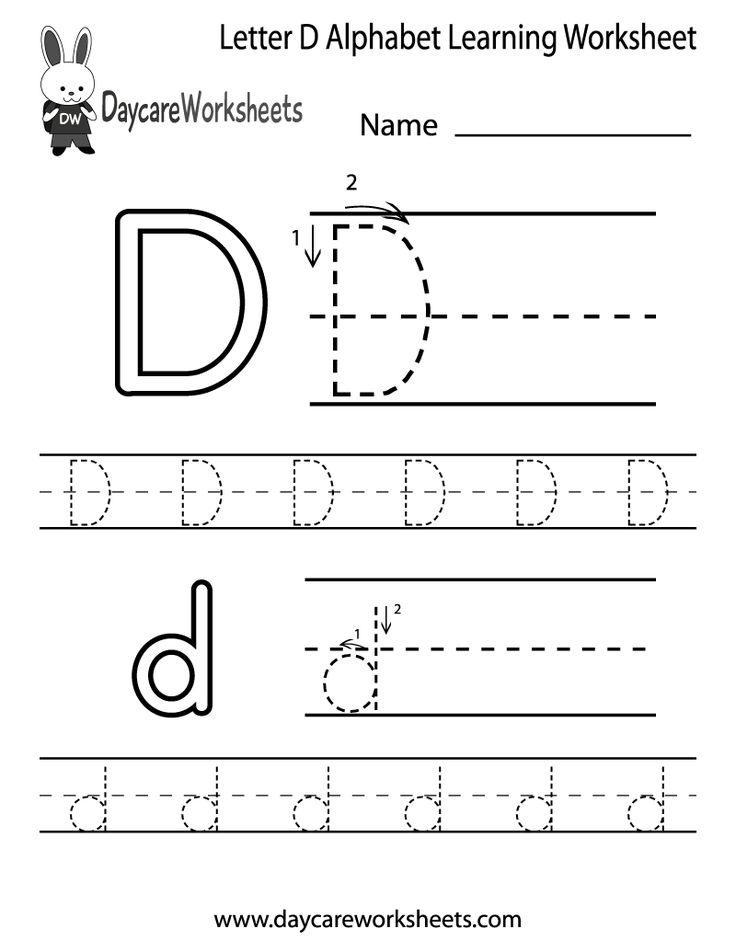
- It is very important to properly organize the child's workplace: be sure to pay attention to whether it is comfortable for the child to sit at the table, and also where the light source is located. For right-handers, the lamp should be on the left side, and for left-handers, on the right.
- Don't forget to praise your child, even if he doesn't do well on tasks. From classes, a preschooler should receive only positive emotions. This is a prerequisite for further successful learning.
- Remember that learning should be in the form of an exciting game. In no case should a child be forced to fill out prescriptions - this can consolidate an aversion to learning to read and write for many years.
* 9 methods were used to create the simulator0119 VG Dmitrieva , O.S. Zhukova , M.O. Georgieva , M.P. Tumanovskaya .
- Views: 559632
Children speak
| "Today a juggler came to our kindergarten and trained balloons!" - Gleb, 5 years old |
New
- Lego speech games
- Neurologopedic prescriptions.
 Learning to read and developing speech
Learning to read and developing speech - Become a letter! Dynamic pauses in teaching literacy to preschoolers and younger schoolchildren
- 7 Inexpensive Educational Gifts for Kids
- Speed reading for kids and more
Recommended
Prescriptions for children
| Preparing for school | |
| Hand development | |
| Teaching writing | |
| Interesting tasks | |
| Modern techniques |
Privacy policy

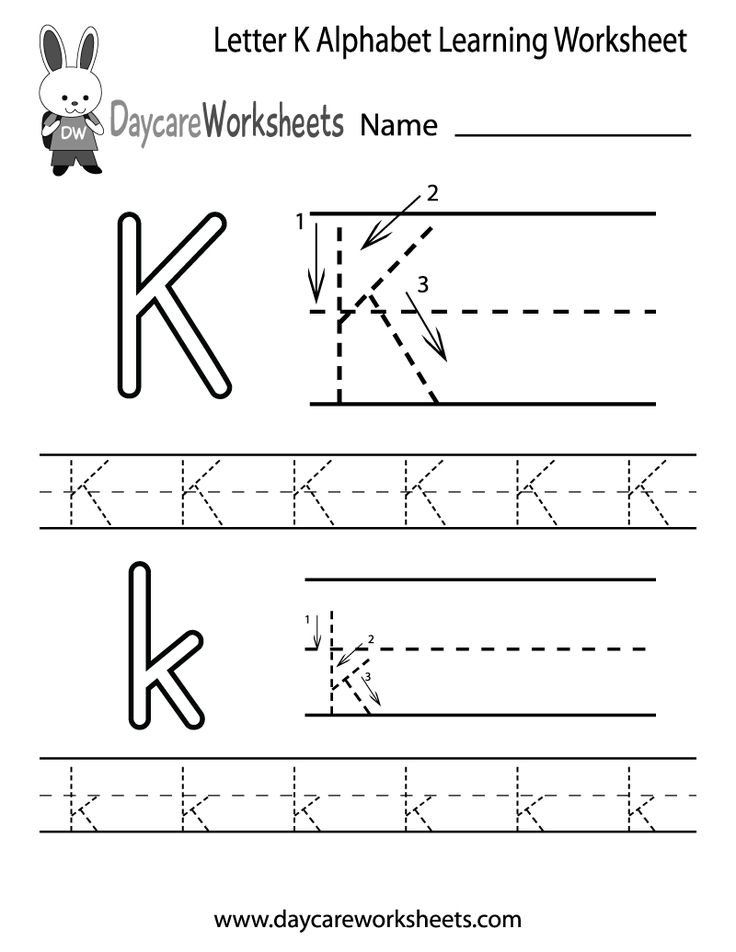 How to capitalize
How to capitalize 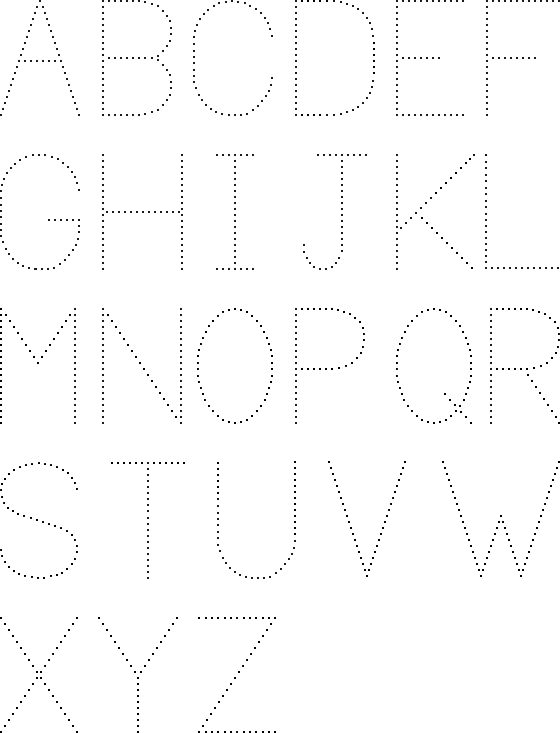
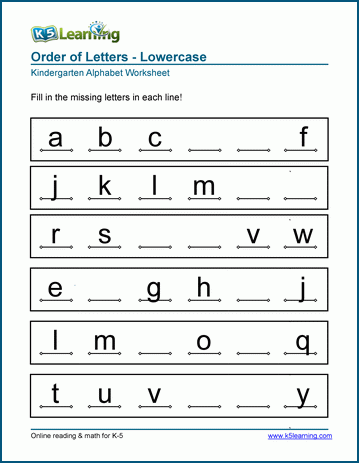
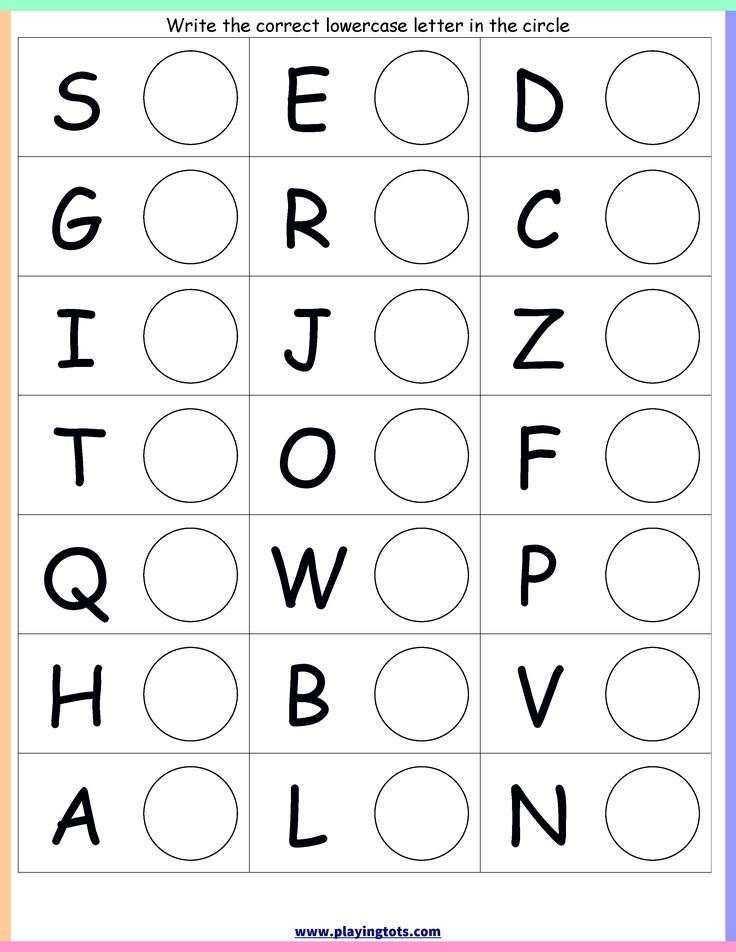 :)
:) 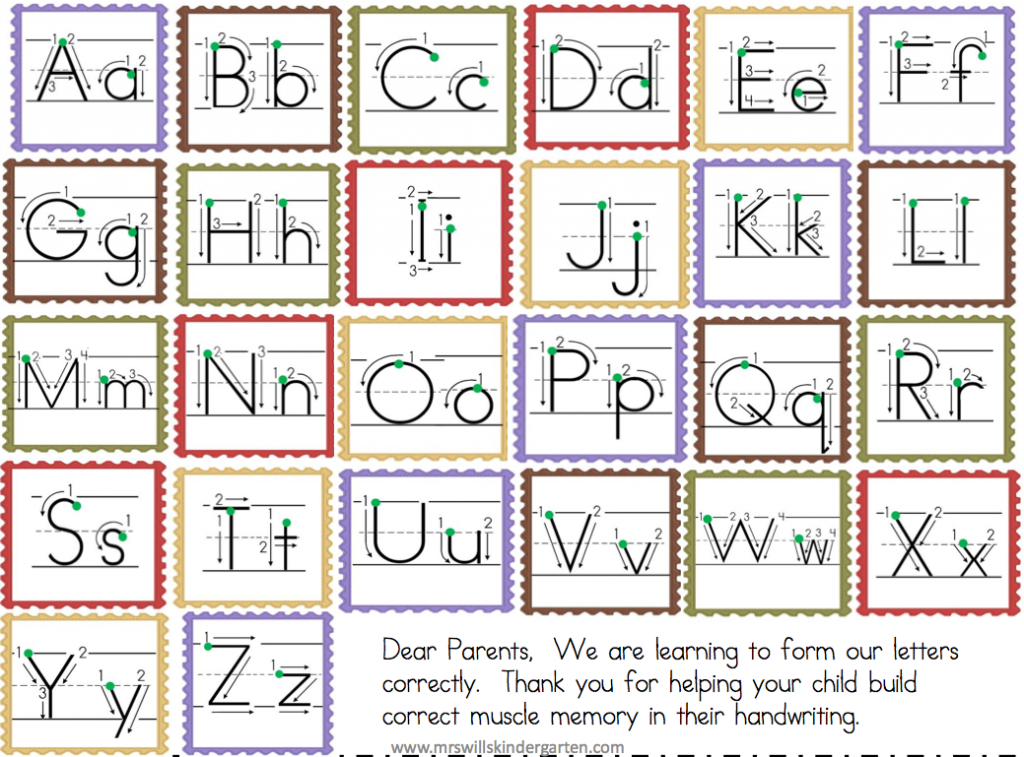
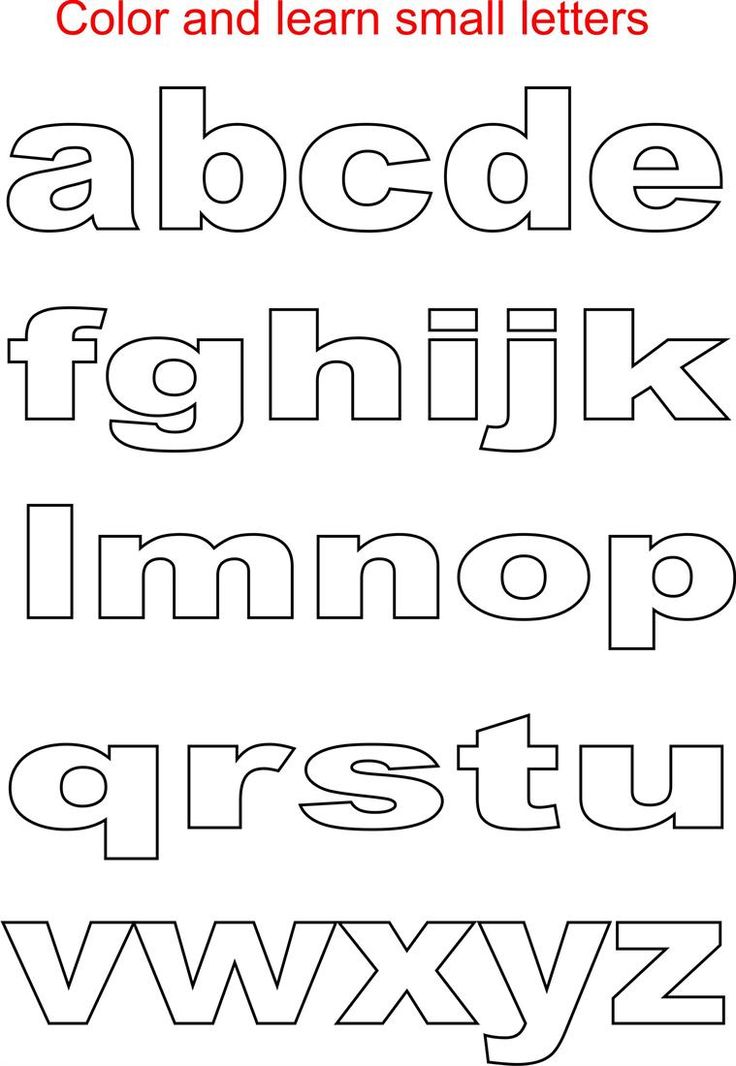 Now I'll look at the title. Shevelev. Tasks in cells. I want to start with my daughter in a couple of weeks. :)
Now I'll look at the title. Shevelev. Tasks in cells. I want to start with my daughter in a couple of weeks. :) 